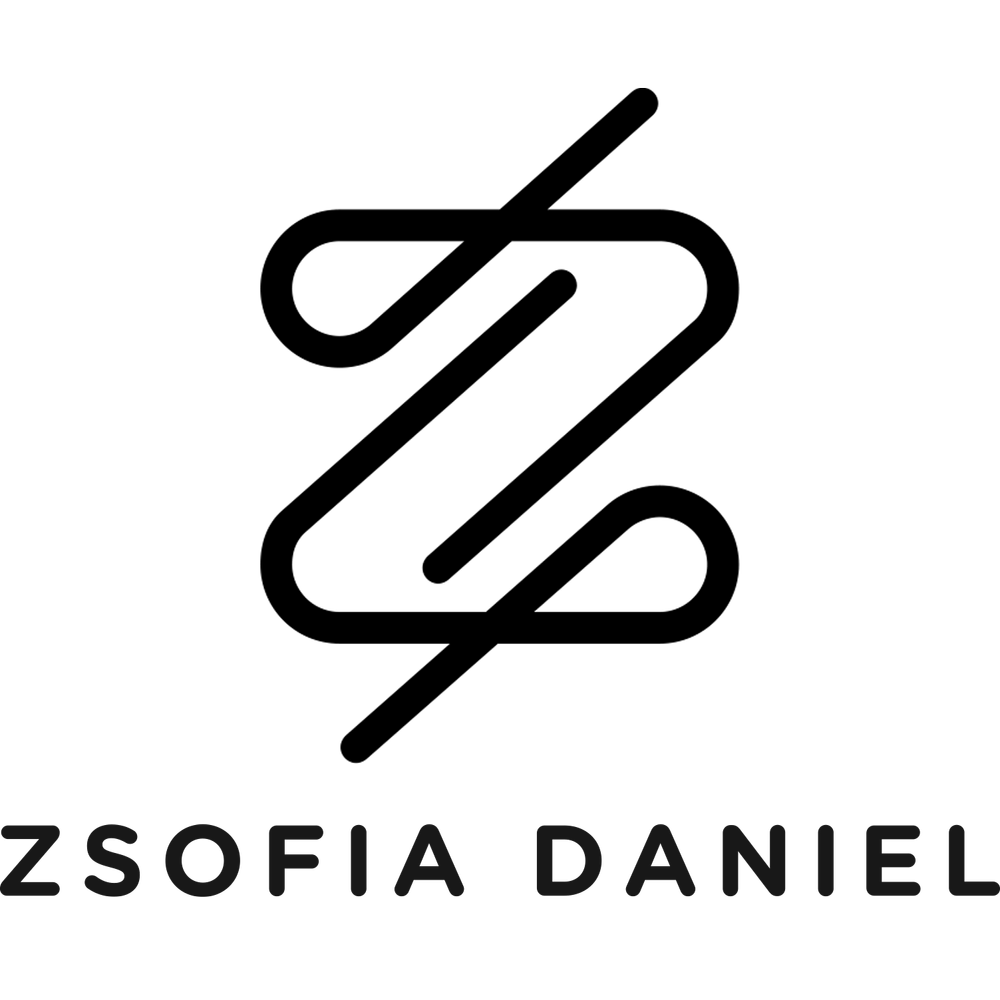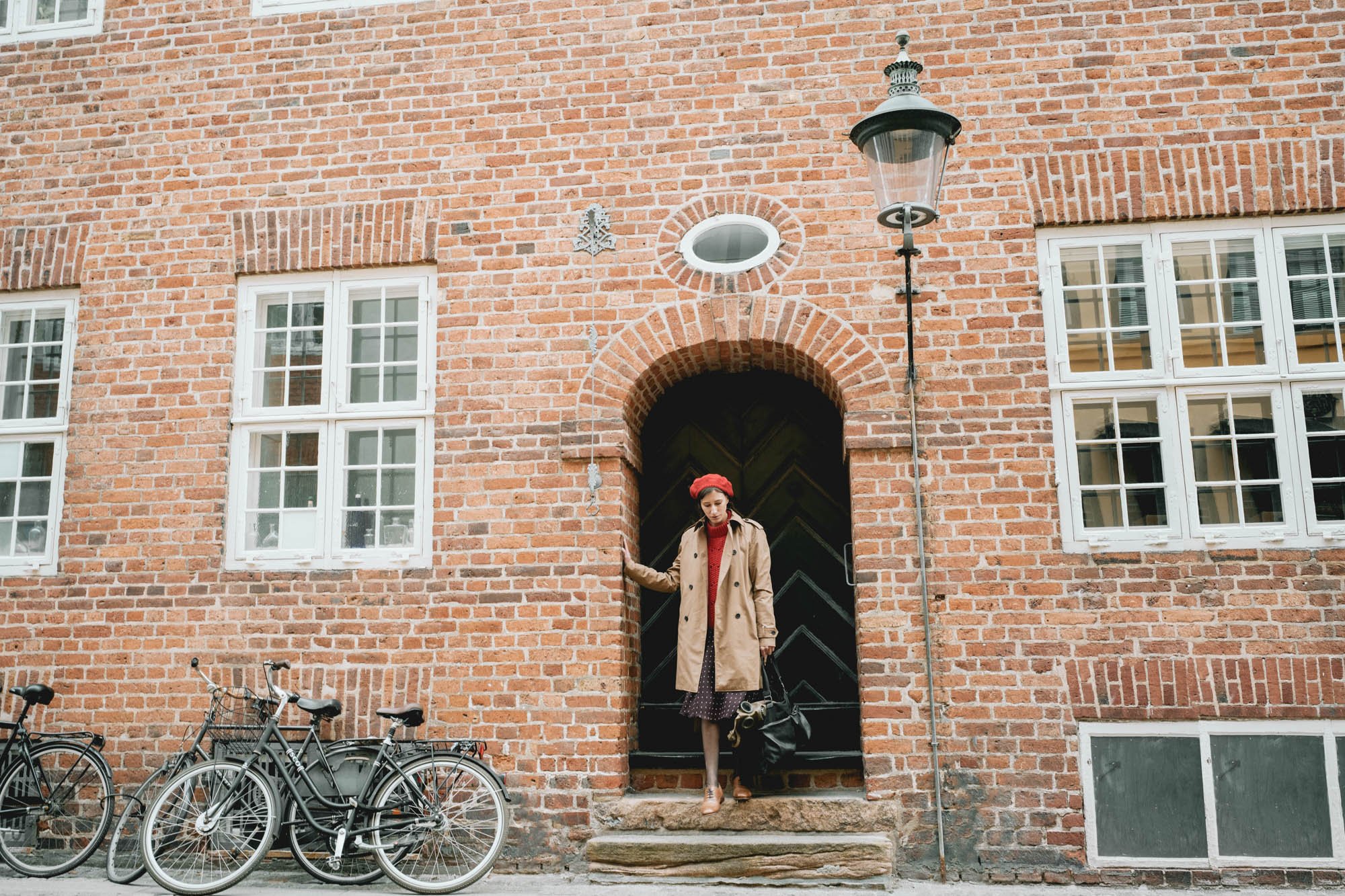Behind the image: “Where is your Gas mask?”
Project Summary
The images in ‘31 explore social and political parallels between the present and the late 1920s and 1930s.
The project’s limited-edition archival pigment prints measure 28 x 42 cm (11 x 16.5 inches).
caption to “Where is Your Gas Mask?”
“Where is Your Gas Mask” reflects on world events influenced by the creation of The League of Nations, a response to World War I’s horrors. Its mission was to keep peace through collective security and arbitration arrangements, but because it had no armed forces with which to implement resolutions European disarmament became an important tactic. The idea of reducing militaries had wide appeal, but by the early 1930s smaller countries were left unable to defend themselves. Days after World War II started, graffiti in Manchester, England marked the league’s failure: “Where is your gas mask?”
Since the Cold War ended Europeans have likewise felt safe from attack, making it hard to justify defence spending. The resulting demilitarisation is complicated by the U.N.’s requirement of a unanimous vote for effective geopolitical action. Fear of conflict with Russia has led to overdue discussions about Europe’s military defence. Will Europeans soon be exchanging pandemic masks for gas masks?
Where Is Your Gas Mask? / Wo ist deine Gasmaske? - 2022
Copyright: Zsofia Daniel; In frame: Kate Snig
5th September 1939: A message painted onto a pavement in Chorlton, Manchester, reminds residents to carry their gas masks with them at all times. (Getty Images)
The Title and the Scene
The horrors of World War I led to the creation, in 1920, of The League of Nations, the first worldwide intergovernmental organisation. Its mission was to maintain world peace through collective security arrangements and the settlement of economic and territorial disputes by negotiation and arbitration. Because the League had no armed forces with which to implement its resolutions, the disarmament of its member nations became an important means to accomplishing its purpose. Many people and their governments welcomed the idea of reducing their militaries, but this meant that by the early 1930s smaller countries were left unable to defend themselves against military attack. At the onset of World War II, this vulnerability made it clear that The League of Nations had failed in its primary mission. Just four days after World War II started, a stern advisory message painted on the pavement in suburban Manchester, England was a stark reminder of this failure: “Where is your gas mask?”
DemilitariSation and location choice
To help visualise the seemingly mistaken belief that peace could be achieved through disarmament, I photographed “Where Is Your Gas Mask?” in Copenhagen, Denmark. In the 1920s the majority of Danish people welcomed The League of Nations’ policies concerning demilitarisation and disarmament, and during the 1930s Denmark aimed to preserve its neutrality. By 1937, Denmark had lost the ability to defend itself against foreign attack. On April 9th, 1940 German forces marched into Denmark and took over the country in six hours. Danish forces offered little resistance.
Since the end of the Cold War, most Europeans have felt safe from an armed attack on their nations. This sense of security, whether real or illusory, has made it hard for governments to justify heavy spending on national defence. It has also discouraged them from facing uneasy questions about the need for, and use of, military power in Europe. The United Nations, the post-war successor to The League of Nations, has only complicated matters. Whatever its benefits, the U.N.’s requirement of a unanimous vote for significant initiatives makes effective and conclusive geopolitical action difficult if not impossible. All of this has resulted in the relative demilitarisation of Europe in the past twenty years.
The Styling and the Mask
To visualise European citizens’ change in the attitude towards military armament, and the precautions many of them have begun to take, I photographed a young woman carrying a gas mask in her satchel as she leaves an urban building. The mask I used was produced in 1939. It’s not uncommon to find such equipment from World War II years in European family homes. By using a wartime prop from more than eighty years ago, I want to make viewers consider whether or not history is repeating itself. Is traditional warfare really behind us?
The styling of the main character is intended to evoke the attire of ordinary people, meaning common and low-key. She wears a red beret hat, a light brown trench coat, a red pullover over a polka dot dress, pantyhose with visible runs, and flat shoes. Her clothing is reminiscent of the way members of the French resistance dressed, yet her bag and the surroundings place her firmly in the 2020s.
Detail of “Where Is Your Gasmask?” from the fine art photography project ‘31


